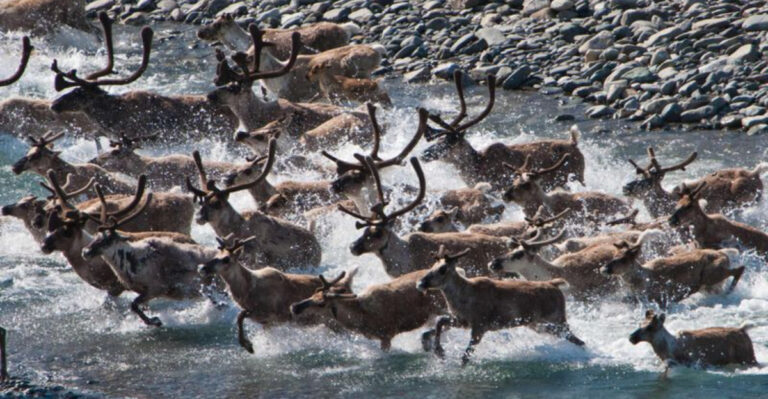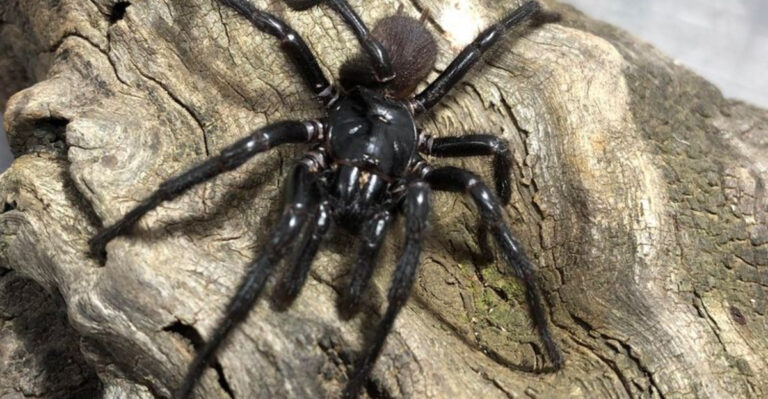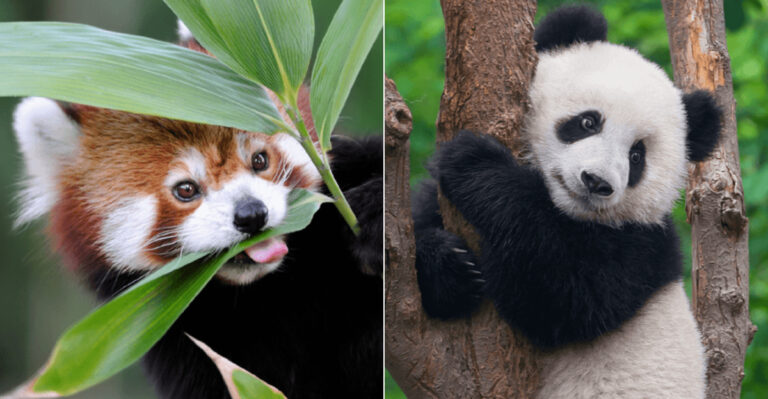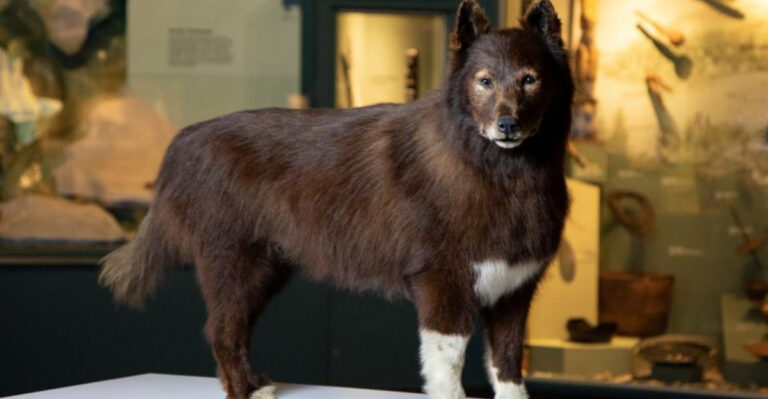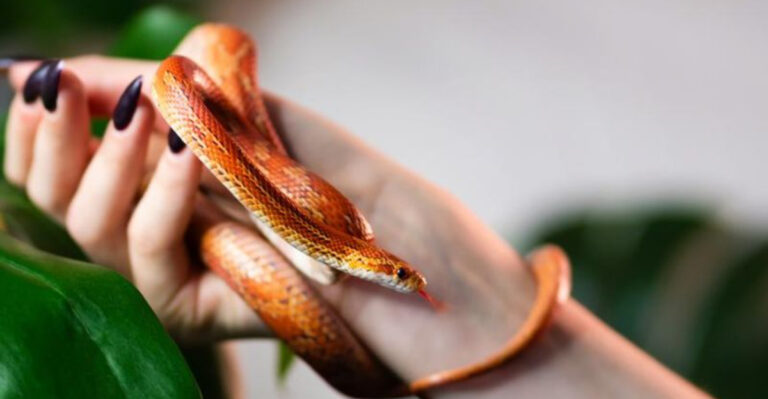10 Animals That Did Not Exist 100 Years Ago And 5 That Have Been Around For Millennia
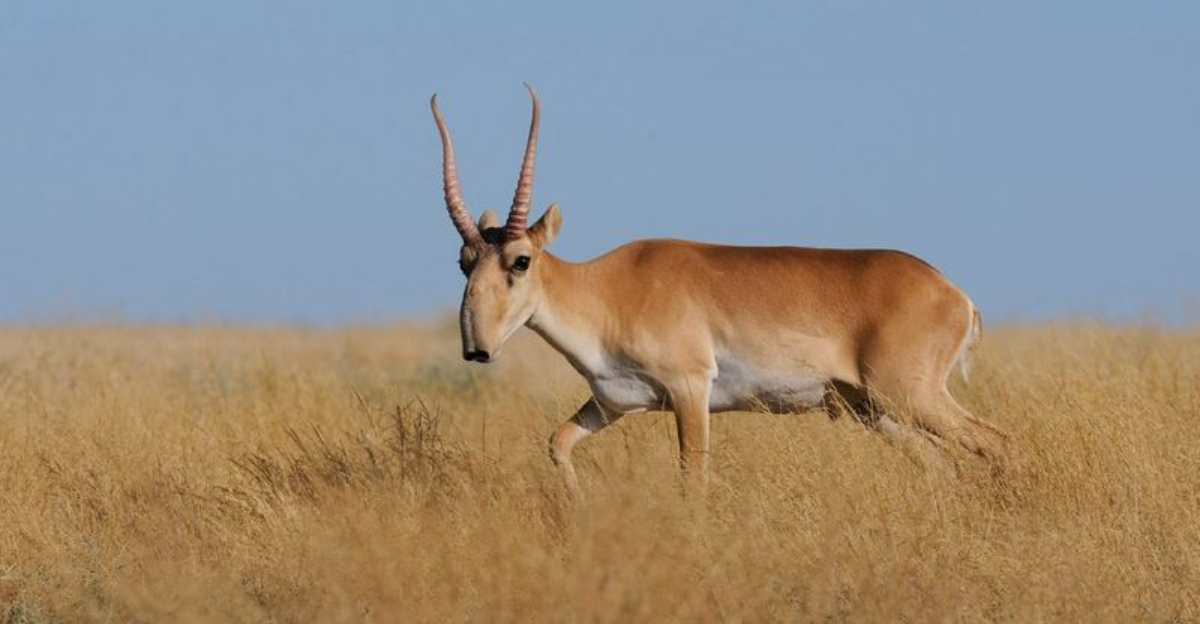
Have you ever wondered which animals are new arrivals on Earth and which have been hanging around since ancient times?
Our planet’s wildlife is constantly changing through evolution, extinction, and human intervention. Some creatures we see today didn’t exist a century ago, while others have remained virtually unchanged for thousands of years.
Let’s explore this fascinating timeline of animal existence!
1. The Coywolf
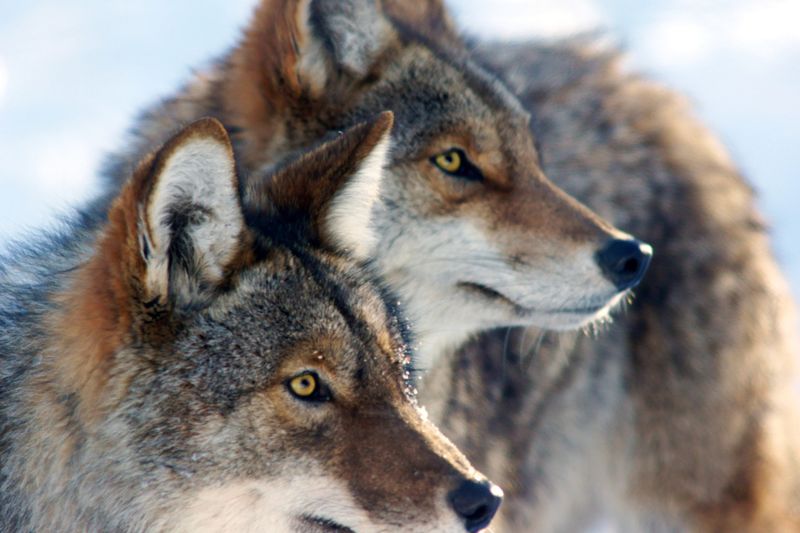
First spotted in the early 1900s but only becoming common after the 1950s, the coywolf is a fascinating mix of coyote and wolf. These clever canines thrive in urban environments where neither parent species could succeed alone.
Weighing between 35-45 pounds, they’re bigger than coyotes but smaller than wolves. Their mixed genetics give them the perfect blend of traits – wolf strength with coyote adaptability.
Scientists believe these hybrids emerged as humans pushed wolves out of their territories, forcing them to mate with coyotes. Today, they’re spreading across North America, especially in the northeast.
2. Liger
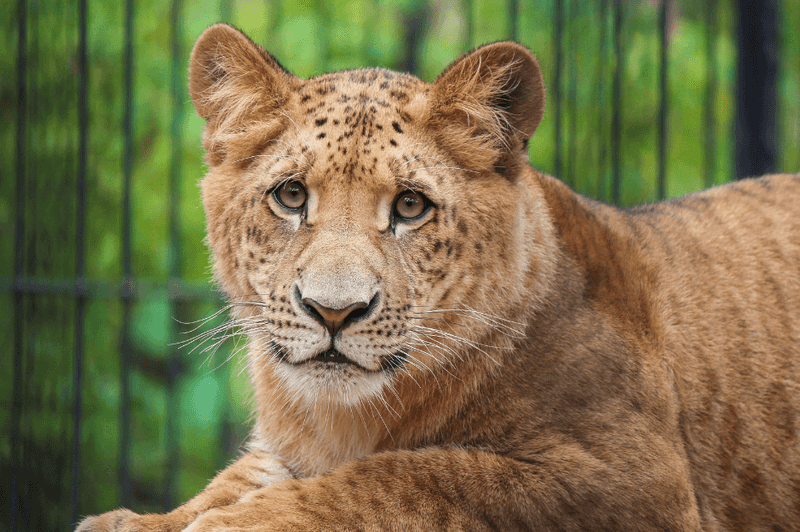
Born from the unlikely pairing of a male lion and female tiger, ligers didn’t appear until modern zoos began housing big cats together. Unlike many hybrids, these magnificent creatures can grow to extraordinary sizes – often twice as heavy as either parent!
A typical liger stretches over 10 feet long and weighs around 900 pounds. They showcase a blend of physical traits: faint tiger stripes on a tawny lion-like coat.
Ligers don’t occur naturally in the wild since lions and tigers inhabit different continents. Their existence is purely a result of human intervention in captive settings.
3. Belgian Blue Cattle
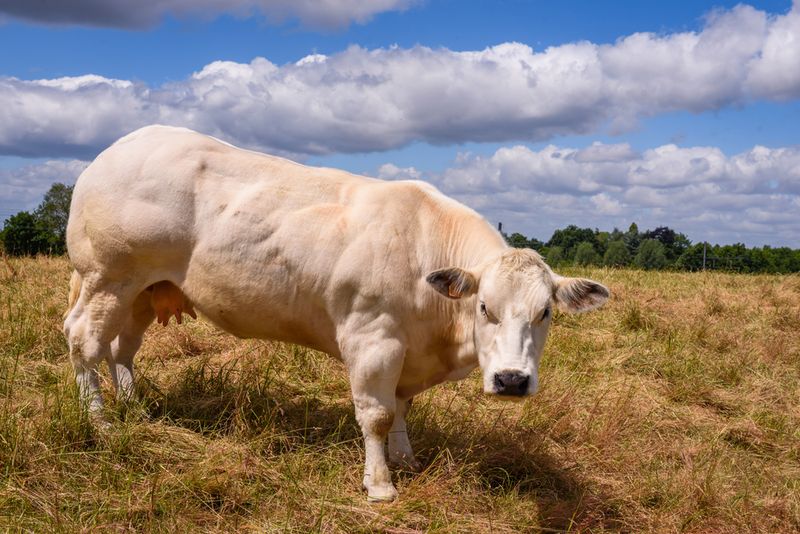
Looking at a Belgian Blue cow is like seeing a bovine bodybuilder! These massive, ultra-muscular cattle emerged in the 1950s after selective breeding enhanced a natural mutation affecting muscle growth.
The key to their bulging physique is a condition called “double-muscling,” caused by a missing protein that normally limits muscle development. This gives them up to 40% more muscle mass than regular cattle.
Farmers prize these animals for their incredible meat yield – they produce leaner beef with higher percentages of expensive cuts.
However, their extreme build means many Belgian Blues can’t give birth naturally and require cesarean sections.
4. Savannah Cat
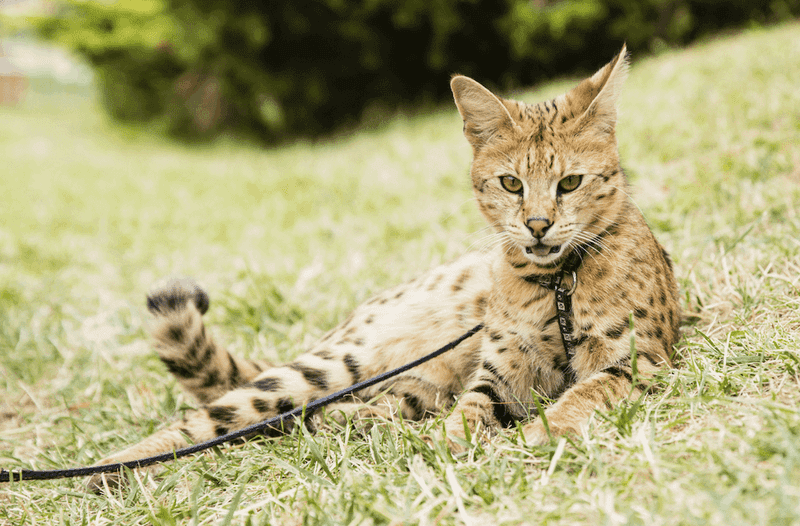
Imagine a house cat with the exotic spotted coat of a wild serval and you’ve got the stunning Savannah cat! This breed first appeared in the 1980s when a domestic cat was crossed with an African serval.
Savannah cats stand out with their tall, slender bodies, large pointed ears, and distinctive spotted coats. First-generation Savannahs can reach up to 25 pounds – nearly twice the size of average house cats.
Their wild ancestry gives them unique personalities – they often love water, can jump incredible heights, and show dog-like loyalty. Some Savannah owners even teach them to walk on leashes like dogs!
5. Grolar Bear
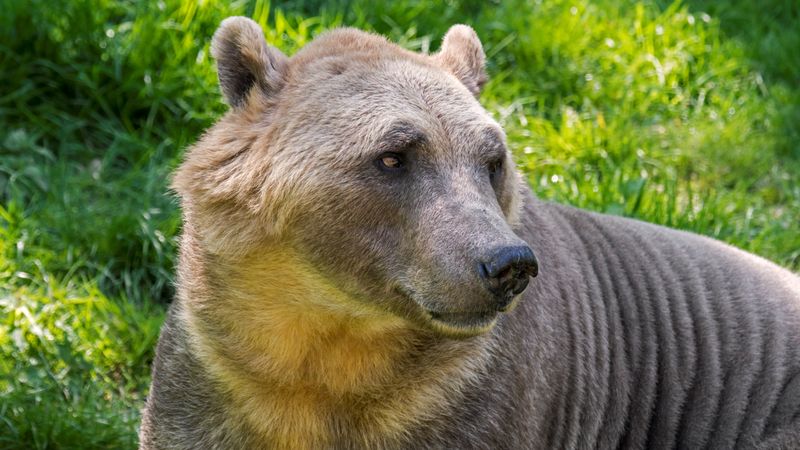
As the Arctic ice melts, polar bears and grizzlies are meeting more often, resulting in the grolar bear (also called pizzly bear). The first confirmed wild hybrid was shot by a hunter in 2006, though stories of strange-looking bears circulated earlier.
These bears display a fascinating mix of features – creamy fur with a light brown tinge, slightly humped shoulders, and partially hollow hair. Their paws blend the larger polar bear foot with some grizzly characteristics.
Climate scientists view these hybrids as living symbols of global warming. As Arctic habitats continue changing, we may see more grolar bears in coming decades.
6. Beefalo
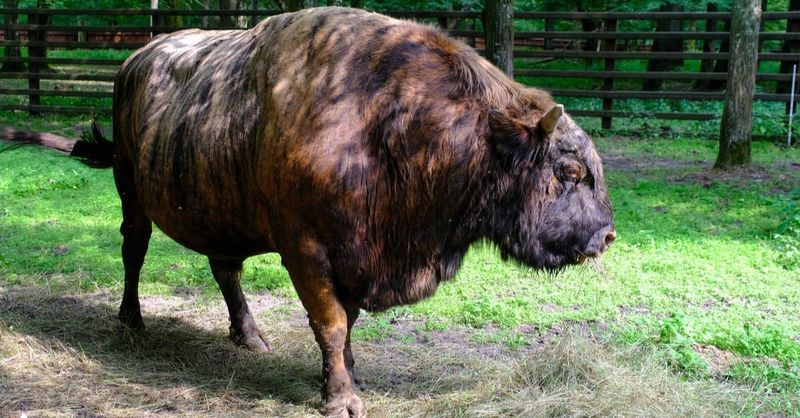
Half cow, half bison, the beefalo represents an attempt to create the perfect meat animal. Though accidental crossbreeds happened earlier, intentional breeding programs began in the 1970s, aiming for animals that were 3/8 bison and 5/8 domestic cattle.
Beefalo inherit the bison’s hardiness – they require less water and feed, resist disease better, and thrive in harsh conditions.
Their meat contains less fat and cholesterol than regular beef while maintaining a similar taste. Unlike many hybrids, beefalo are fertile and can reproduce. Ranchers appreciate their natural foraging ability and lower environmental impact compared to traditional cattle.
7. Labradoodle

The fluffy, friendly Labradoodle kicked off the designer dog craze in the late 1980s. Australian breeder Wally Conron created them for a specific purpose – helping a blind woman whose husband was allergic to traditional guide dogs.
By crossing Labrador Retrievers with Poodles, Conron aimed for a guide dog with a non-shedding coat. The experiment worked brilliantly, producing intelligent, trainable dogs that rarely trigger allergies.
Ironically, Conron later expressed regret about starting the designer dog trend, concerned about irresponsible breeding practices.
Nevertheless, Labradoodles remain wildly popular family pets known for their gentle temperaments and curly coats.
8. Golden Hamster
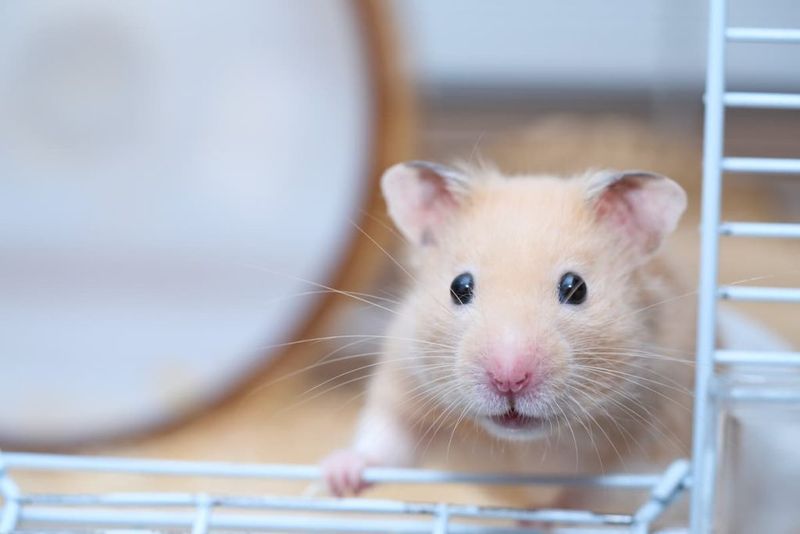
Though wild hamsters existed for millennia, the golden hamsters we keep as pets today descend from a single mother and her 12 babies found in Syria in 1930. Zoologist Israel Aharoni discovered them while researching leishmaniasis disease.
Those original hamsters were brought to Jerusalem’s Hebrew University, where researchers successfully bred them. Soon after, some were sent to laboratories in Britain, and by the 1940s, they had become popular pets throughout Europe and America.
Remarkably, this means virtually all pet golden hamsters worldwide are related! Their rapid rise from obscure wild animal to beloved pet happened in less than a century.
9. Boykin Spaniel
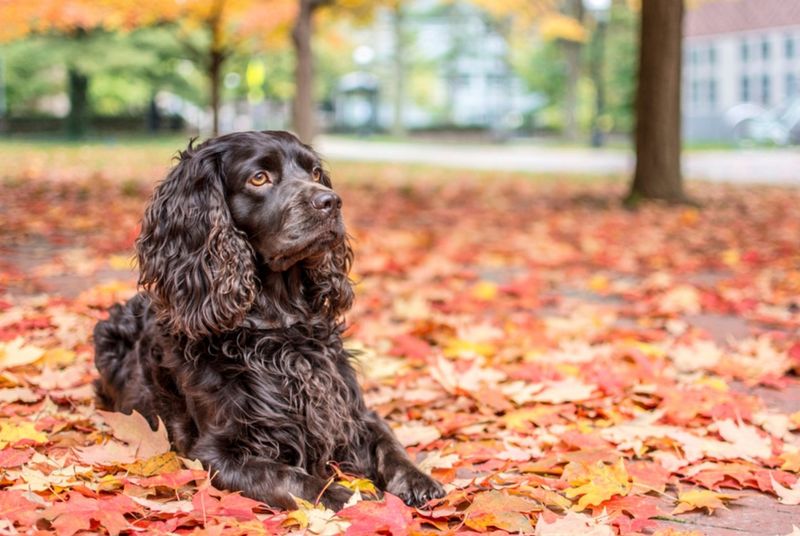
Created in the early 1900s and only recognized as an official breed in 1985, the Boykin Spaniel is America’s youngest native sporting dog. Developed by South Carolina hunters who needed a compact retriever for hunting from small boats in swampy areas.
These medium-sized dogs feature distinctive liver-brown coats and golden-amber eyes. Their webbed toes make them excellent swimmers, while their friendly, eager-to-please nature makes them wonderful companions.
L.W. Boykin created the breed by crossing Chesapeake Bay Retrievers, Springer Spaniels, Cocker Spaniels, and American Water Spaniels. Today, they’re the official state dog of South Carolina.
10. Dorper Sheep
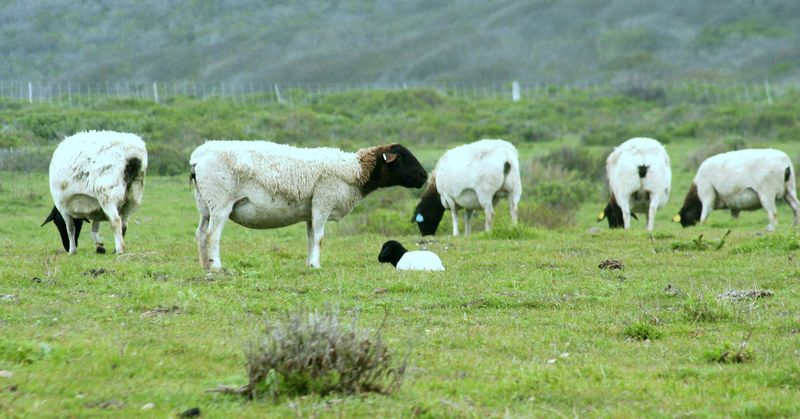
Developed in South Africa during the 1930s, Dorper sheep have revolutionized meat production in harsh environments. Scientists created them by crossing hardy Blackhead Persian sheep with the meaty Dorset Horn breed.
Unlike most sheep, Dorpers don’t need shearing – they naturally shed their coat once yearly. They’re remarkably drought-resistant and can thrive in areas where other livestock struggle to survive. Farmers appreciate their rapid growth rate and excellent meat quality.
From their South African origins, Dorpers have spread worldwide, becoming particularly popular in Australia and the American Southwest where their heat tolerance and minimal maintenance requirements shine.
11. Horseshoe Crabs
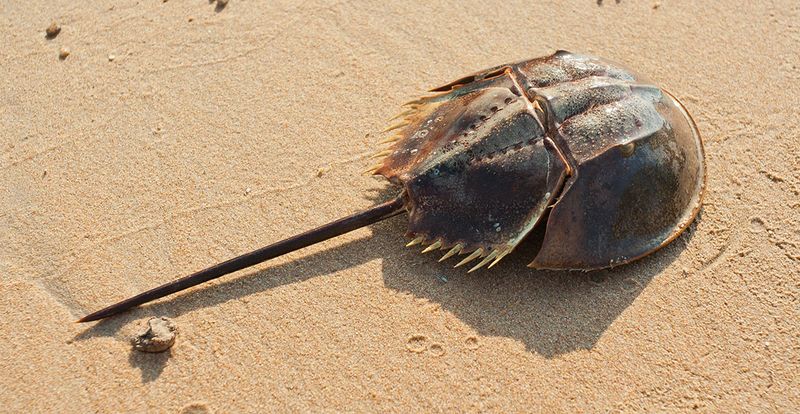
When dinosaurs roamed Earth, horseshoe crabs were already ancient! These remarkable creatures have existed virtually unchanged for over 450 million years, surviving multiple mass extinctions that wiped out countless other species.
Despite their name, horseshoe crabs aren’t actually crabs – they’re more closely related to spiders and scorpions. Their distinctive helmet-shaped shells and long, spiky tails make them instantly recognizable.
Scientists treasure them as living windows into Earth’s distant past. Their blue blood contains a substance called LAL that’s used to test vaccines and medical devices for bacterial contamination, making these living fossils critically important to modern medicine.
12. Nautilus
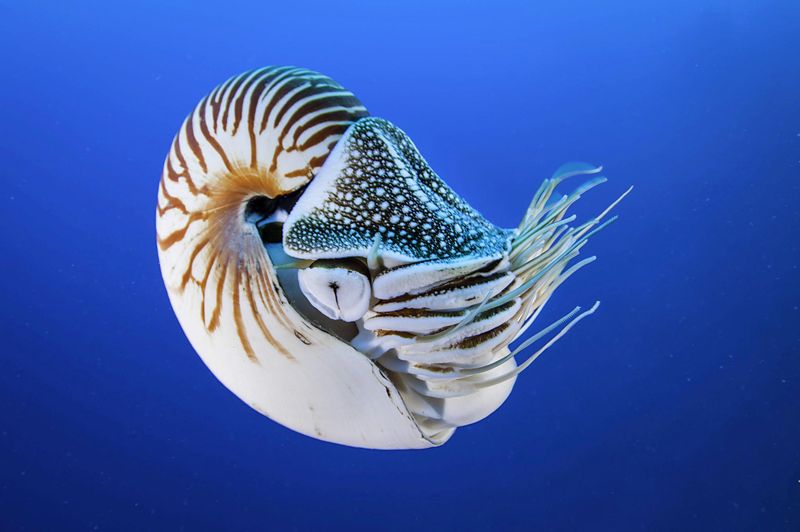
With its spiral shell and tentacled face, the nautilus looks like it swam straight out of a prehistoric ocean – because it did! These remarkable mollusks have remained essentially unchanged for nearly 500 million years.
Nautiluses represent the last surviving members of an ancient lineage that once dominated Earth’s oceans. Their distinctive chambered shells work like sophisticated submarines, allowing them to control their buoyancy by pumping gas and fluid between compartments.
Unlike their intelligent cousins – octopuses and squid – nautiluses have relatively simple brains. They rely on over 90 tentacles and an excellent sense of smell to find food in the deep ocean.
13. Saiga Antelope
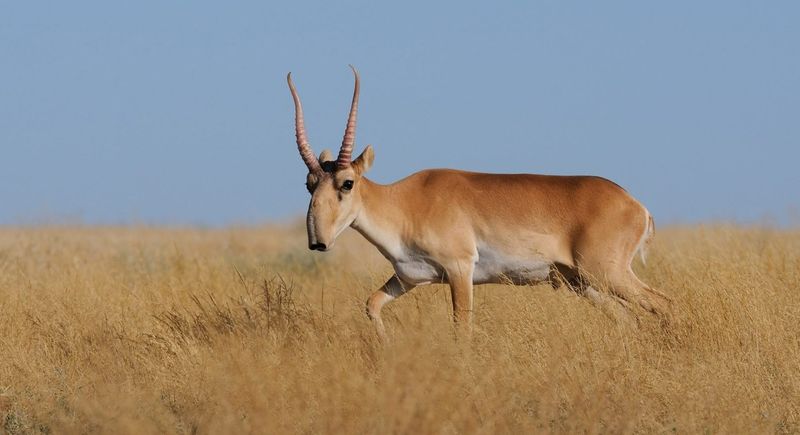
The saiga antelope is a relic from the Ice Age, known for its peculiar, oversized nose that filters dust and regulates body temperature. Having roamed the Earth for thousands of years, this antelope’s presence today is both a wonder and a concern.
Native to the Eurasian steppes, the saiga faces critical threats from poaching and habitat loss. Its bizarre appearance makes it a symbol of evolutionary adaptation and environmental fragility.
Conservation efforts are underway to protect this ancient creature, emphasizing the importance of preserving biodiversity. The saiga’s continued existence offers invaluable insights into Earth’s history and the resilience of life.
14. Coelacanth
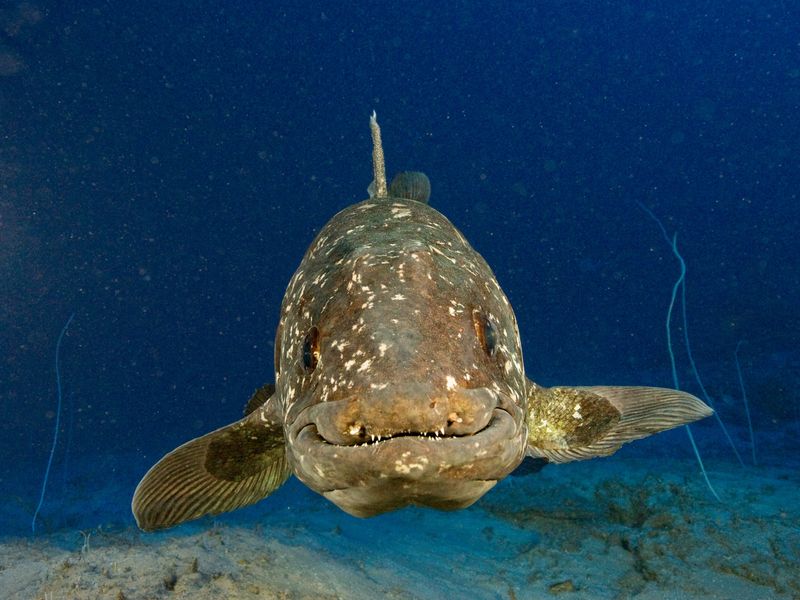
For millions of years, scientists thought coelacanths were extinct – until a living specimen was caught off South Africa in 1938! This discovery was equivalent to finding a living dinosaur and shocked the scientific world.
These large, metallic-blue fish can grow over six feet long and weigh up to 200 pounds. They possess several unique features, including limblike fins that hint at the evolutionary transition from fish to land animals.
Coelacanths have remained virtually unchanged for 400 million years. They live in deep ocean caves, move with unusual swimming patterns, and can rotate their heads – something most fish can’t do.
15. Tuatara
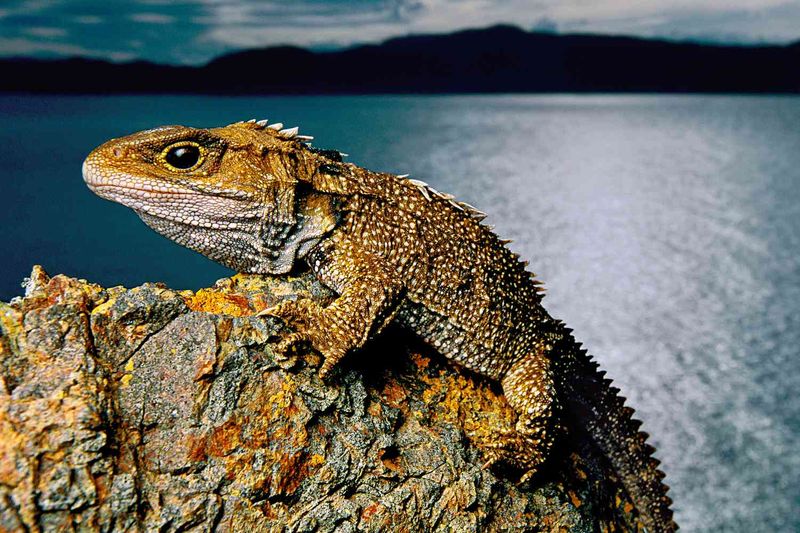
Looking like an ordinary lizard, the tuatara hides an extraordinary secret – it’s not a lizard at all! This New Zealand native is the last survivor of an ancient reptile order that flourished 200 million years ago. Tuataras possess several primitive features, including a unique “third eye” on top of their heads.
This light-sensitive spot helps regulate their body temperature and circadian rhythms. They’re also famous for their incredibly slow metabolism – they breathe only once per hour while resting!
Perhaps most remarkable is their lifespan – tuataras can live over 100 years and continue growing throughout their lives. They represent one of our best windows into the reptile world of dinosaur times.

